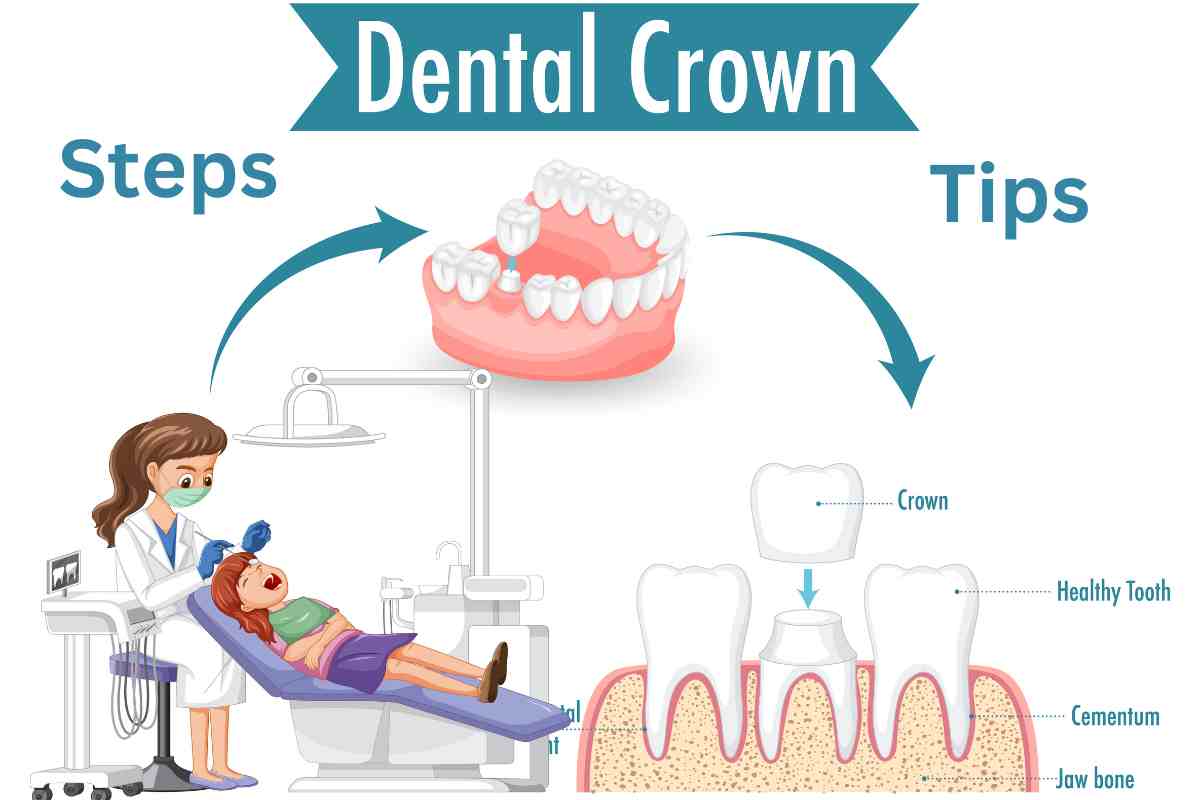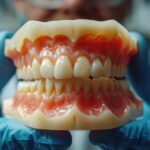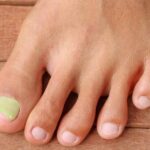Dental crowns can become loose for various reasons, and understanding these is the first step in effective loose crown treatment. A dental crown may become loose due to underlying decay, trauma to the tooth or crown, or general wear and tear over time. Loose crown treatment involves identifying the root cause, securely reattaching the crown, and ensuring the underlying tooth remains healthy.
Contents Overview
- Understanding Loose Crown Treatment
- Symptoms of a Loose Crown
- Immediate Steps for Loose Crown Treatment
- Professional Loose Crown Treatment
- Preventing Future Issues
- The Importance of Loose Crown Treatment
- Loose Crown Treatment: Common Questions and Concerns
- Conclusion
Effective loose crown treatment requires a comprehensive approach. More than simply reattaching a loose crown without addressing the issues can lead to further complications. Therefore, it’s essential to seek professional help to diagnose and treat the problem’s cause accurately. Loose crown treatment isn’t just about fixing the crown; it’s about ensuring the overall health of your tooth and mouth.
Symptoms of a Loose Crown
Recognizing the symptoms of a loose crown is crucial for timely treatment. Symptoms can vary, but some common signs indicate a crown is loose. One of the primary symptoms is sensitivity or pain in the crowned tooth. This discomfort may occur when biting down, eating, or even exposure to hot or cold temperatures.
Another symptom to watch for is the physical movement or wobbling of the crown. If you can feel the crown shift when you touch it with your tongue or fingers, it’s a clear sign that the crown is not secure. Additionally, visible gaps between the crown and the gum line can indicate a loose crown. This gap can be a breeding ground for bacteria, leading to further dental issues if not addressed promptly.
An unusual taste in your mouth can also be a symptom of a loose crown. This taste often results in food particles trapped under the crown, leading to bacterial growth. If you experience any of these symptoms, it’s essential to seek loose crown treatment as soon as possible to prevent further damage to your tooth and crown.
Immediate Steps
When you notice a loose crown, taking immediate steps can protect your tooth and crown from further damage. These initial steps can help mitigate potential issues until you can see your dentist. First and foremost, if the crown is exceptionally loose, gently remove it to prevent the risk of swallowing or inhaling it. Store the crown in a safe place until your dental appointment.
Next, clean both the crown and the tooth area thoroughly. Rinse the crown and mouth with warm water to remove debris or food particles. This step prevents further infection or decay around the loose crown. Additionally, avoid chewing on the affected tooth until you see your dentist. Chewing with a loose crown can cause additional damage to the tooth or crown, complicating loose crown treatment.
While these immediate steps can provide temporary relief, they are not a substitute for professional loose crown treatment. Seeing your dentist as soon as possible is vital to properly secure the crown and address issues that may have caused it to become loose in the first place.
Professional Loose Crown Treatment
Consulting a dentist is the most effective way to treat loose crowns. Professional intervention ensures that the crown is securely reattached and any underlying dental issues are addressed. Here’s what to expect during your visit:
Examination and Diagnosis
The first step in professional loose crown treatment is a thorough examination and diagnosis by your dentist. The dentist will examine the loose crown and the underlying tooth to determine the cause of the problem. This examination may involve X-rays to check for decay, damage, or other issues that may not be visible to the naked eye. Identifying the main cause is crucial for effective, addressing the problem comprehensively, and preventing future recurrence.
Cleaning and Preparation
The dentist will thoroughly clean the crown and tooth for effective treatment. This cleaning process involves removing debris, old cement, or bacteria from the crown and tooth surface. Proper cleaning is essential for a strong bond when reattaching the crown. The dentist may also prepare the tooth surface by smoothing it or making minor adjustments to ensure the crown fits properly and securely.
Recementing the Crown
In many cases, loose crown treatment involves receiving the crown. The dentist will use a unique dental adhesive to secure the crown. This process is quick and usually painless. The dentist will ensure the crown is correctly aligned and fits comfortably with your bite. Properly receiving the crown is crucial for its long-term stability and function. Once the crown is in place, the dentist will remove any excess adhesive and polish it to ensure it looks and feels natural.
Addressing Underlying Issues
Suppose decay or damage is found under the crown during the examination. In that case, the dentist will need to address these issues before securing the crown. This step is essential for successful loose crown treatment. Depending on the severity of the problem, addressing underlying issues may involve filling cavities or performing a root canal. Properly treating these issues ensures that the tooth remains healthy and robust, providing a stable foundation for the crown.
Preventing Future Issues
After receiving loose crown treatment, it’s essential to take preventive measures to avoid future problems. Maintaining good oral hygiene is one of the most effective ways to prevent crowns from becoming loose.
It is also crucial to avoid habits that can damage your crown. Chewing on hard foods or objects can put unnecessary stress on your crown and cause it to become loose. If you grind your teeth at night, consider using a mouthguard to protect your crowns and natural teeth from excessive wear.
Regular dental check ups are essential for monitoring the condition of your crowns and overall dental health. After these visits, your dentist can identify potential issues early and provide timely loose crown treatment if necessary. By following these measures, you can ensure your dental crown’s longevity and avoid frequent loose crown treatment.
The Importance of Loose Crown Treatment
Addressing a loose crown promptly is crucial for several reasons. First and foremost, if not treated in time, a loose crown can lead to further dental issues. Food particles can get trapped under loose crown, leading to decay, infection, and gum disease. These issues can compromise the underlying tooth’s and surrounding teeth’ health, making loose crown treatment more complicated.
Additionally, a loose crown can affect your ability to eat and speak comfortably. The discomfort and sensitivity associated with a loose crown can impact your quality of life. By seeking prompt loose crown treatment, you can restore the function and comfort of your dental restoration, allowing you to eat and speak without pain or difficulty.
Finally, addressing a loose crown promptly can prevent need for more costly dental procedures. If a loose crown is left untreated, the underlying tooth may become severely damaged, requiring more treatments such as tooth extractions. Timely loose crown treatment can save you time, money, and discomfort in the long run.
Common Questions and Concerns
Patients often have questions and concerns about loose crown treatment. Understanding these common queries can help you feel more informed and prepared for treatment. Here are some frequently asked questions about loose crown treatment:
Is Loose Crown Treatment Painful?
It is typically not painful. Cleaning, preparing, and recementing the crown is usually quick and involves minimal discomfort. If there is underlying decay or damage, remain comfortable during necessary treatments.
How Long Does Take?
The duration of loose crown treatment can vary depending on the case’s complexity. Recementing a crown usually takes about 30 minutes to an hour. If additional treatments, such as filling cavities or performing a root canal, are required, the appointment may take longer. Your dentist will provide an estimate of the treatment time during your consultation.
Can I Eat Normally After?
After loose crown treatment, you should avoid eating for at least an hour to allow the adhesive to set correctly. Once the adhesive has fully set, you can start regular eating habits. However, it’s a good idea to avoid very hard or sticky foods that could stress the newly secured crown.
How Long Will My Crown Last After Loose Crown Treatment?
With proper care, dental crown can last many years after loose crown treatment. Maintaining good oral hygiene, avoiding habits that can damage the crown, and scheduling regular dental check ups are essential for the longevity of your crown.
Conclusion
Dealing with a loose crown can be concerning, but prompt and effective loose crown treatment can save your crown and protect your tooth. Recognizing the symptoms of a loose crown, taking immediate protective steps, and consulting your dentist for professional treatment are crucial steps in addressing this issue. It can prevent future problems and ensure your dental crowns remain secure and functional.
Loose crown treatment is not just about fixing the crown; it’s about ensuring the overall health of your tooth and mouth. If you have any questions or need further information on loose crown treatment, don’t hesitate to contact your dental professional. Taking care of dental health today can save you from more significant issues tomorrow.











